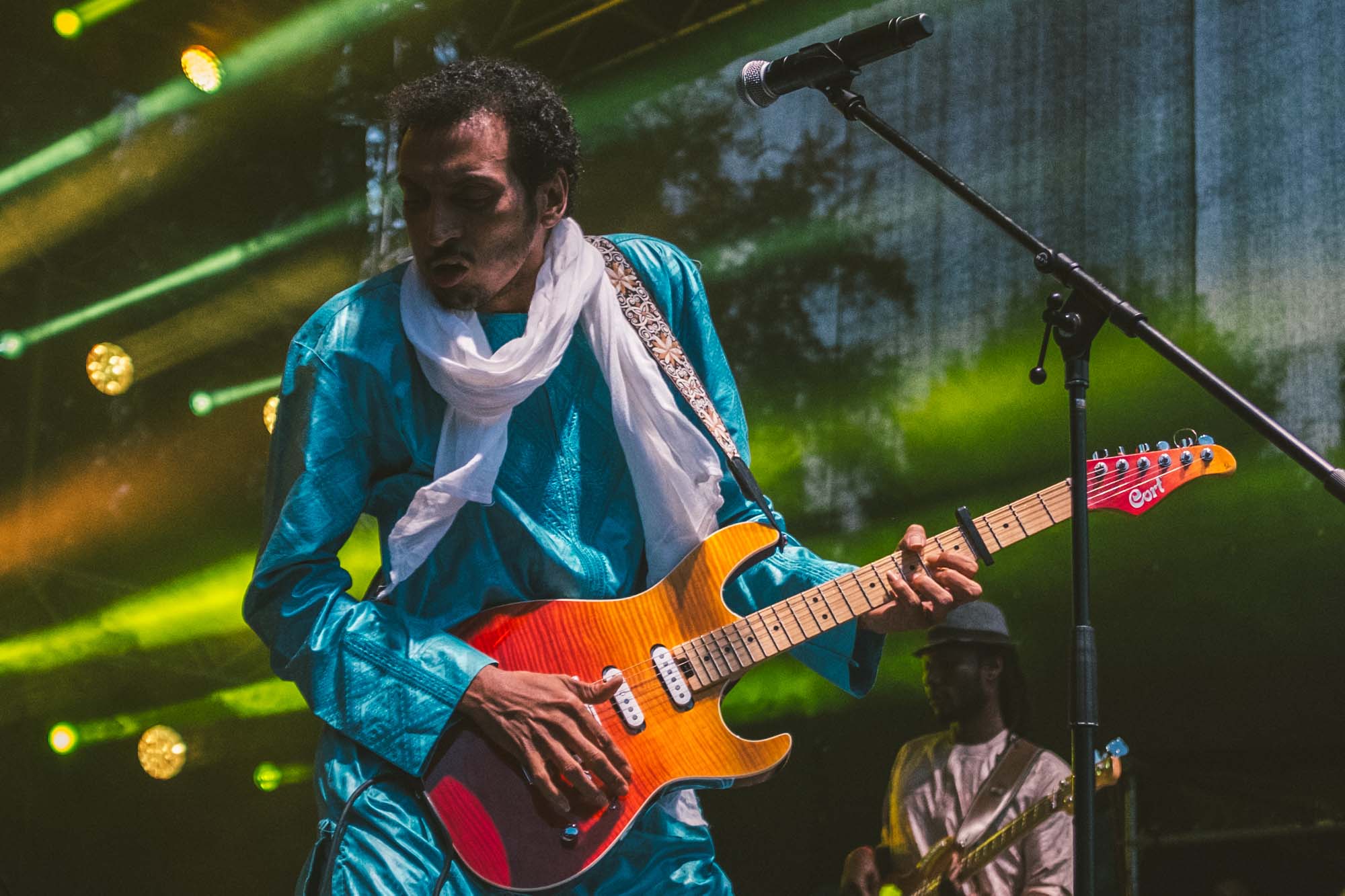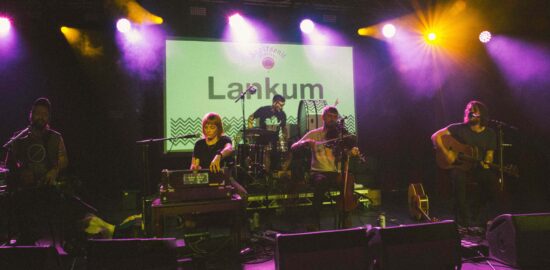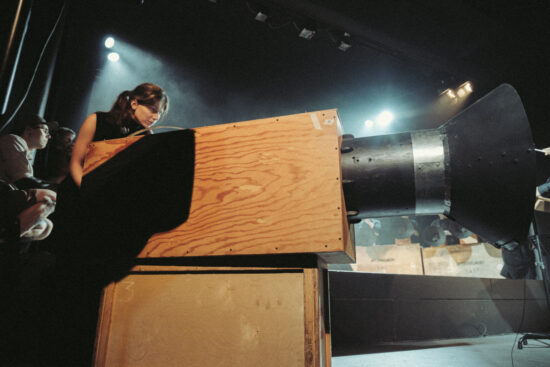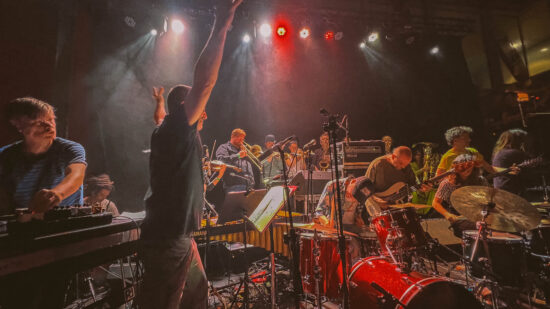How to distil the most original essence of tradition? How to find a contemporary language to speak? How important is it to use the stage as a platform to talk about feminism or the migration crisis? These and other things are what you can find out at Globaltica festival.
Text & photos: Jakub Knera
Translation: Aleksandra Szkudłapska
See the full gallery on FLICKR
‘That sounds like something out of Globaltica’, said a friend of mine as I was listening to João Gilberto’s album Chega de saudade in early July, right after his death. I interpreted this ‘Globaltica sound’ as broadly understood world music – resonating with traditional overtones, created in non-western corners of the world. Yet after the event took place, when I was looking at the enormous banner saying ‘world cultures festival’, the term increasingly struck me as outdated. At a time when traditional genres mixed with contemporary sounds are celebrated at a number of festivals and Western artists are invariably informed by multiculturalism, this post-colonial label feels really out of place. Right after the festival, I could read similar reflections in Ammar Kalia’s essay, who wrote in The Guardian about the ineptness of the term ‘world music’. After all, we live in a cultural conglomerate that is more or less rooted in tradition, so the old division into Western and non-Western music has become completely obsolete. To me, the Brazilian’s bossanova seems closer to the canons of popular music than any kind of exoticism. And I’d personally place all bands who played at Globaltica in the same league as other jazz and electronic outfits.
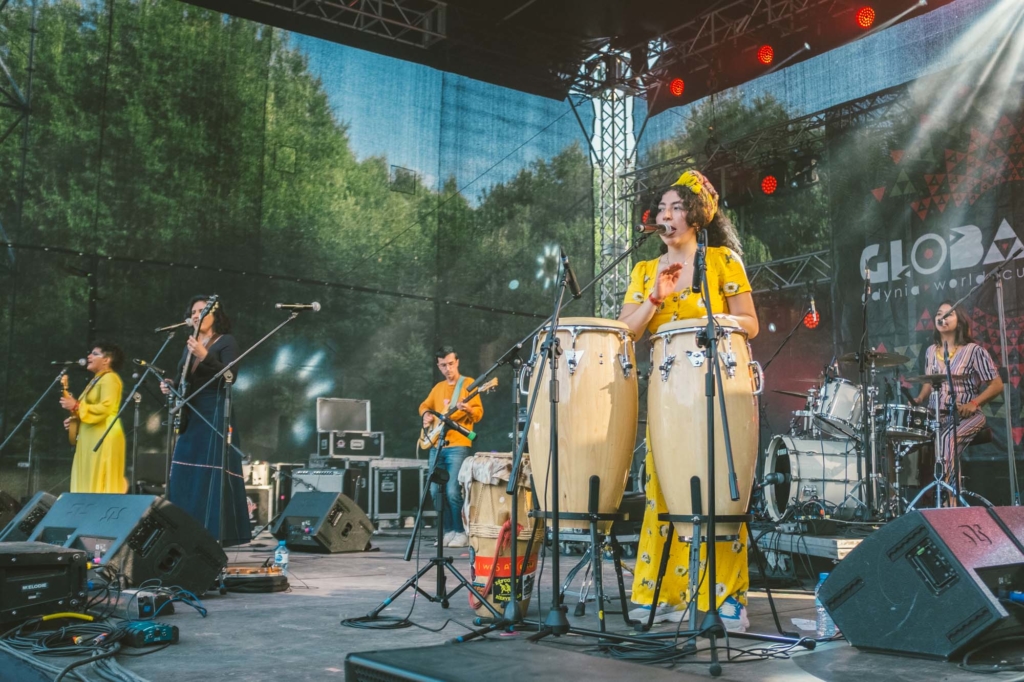
Ladama
Festive stories
There is a family spirit about Globaltica – the festival has its faithful audience, which gathers in droves already in the first Friday hours of the event. The picnic atmosphere is ideal setting for diverse, lively music; the kids are having a great time too (if only the cables running from the sound engineer to the stage had been secured somehow…). This was best exemplified during two concerts that closed the festival. Gyedu-Blay Ambolley presented a showcase of virtuoso instrumentalists, a little like Kamasi Washington at Opener Festival a few weeks earlier. The saxophonist from Ghana played his instrument sporadically, focusing on conducting his sizable band (three brass instruments, two drum kits, keyboards and double bass), singing and establishing contact with the audience. The longer it lasted, the better and more intense it got; in the jazz rather than traditional spirit. Boban Marković Orkestar, on the other hand, told a Balkan epic: first toned down and melancholy, gradually becoming more intense, festive and inviting to dance, turning the entire brass ensemble into a cheerful musical feast. I personally preferred Ambolley – Marković was too tacky, yet at the same time very Slavic. Nevertheless, combining genres did not always lead to interesting results.
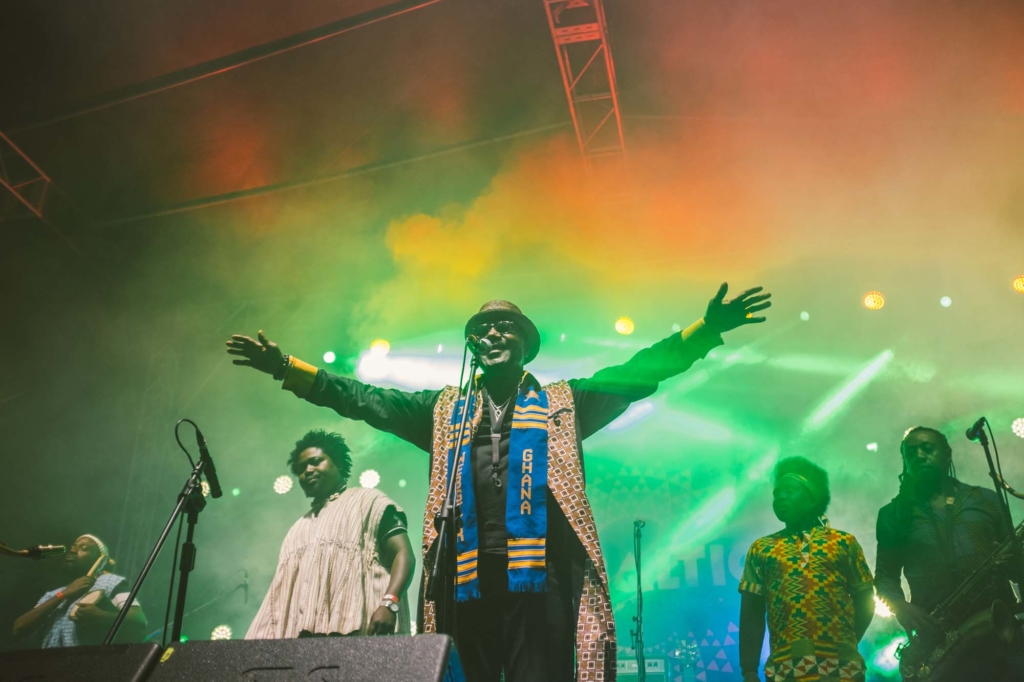
Gyedu-Blay Ambolley
Fifidroki and Krzikopa – reaching for electronica or primitive rock, respectively – proved tiring and unoriginal with their underwhelming romance of traditional and contemporary music. The same goes for Kalascima, whose dense rhythms and rock provenance seem more apt for a stadium band. Trio Abozekrys proved a little disappointing too with their opening concert at the Gdynia Film Centre. The Abozekry brothers on oud – an amazingly sounding instrument with unique scales – sounded intriguing, but the effect was spoilt by Bastien Thé’s rather inept drumming: meant to add a Western stage touch to the music, he failed to keep up with the pace of the instrumentalists. Sometimes pure music, devoid of any ornamentation, proves the most interesting – luckily there were a few such moments too.
Indigenous stories
There was quite a number of musicians who, albeit strongly rooted in tradition, were able to spin new, original narratives. The powerful, poignant Burónka created evocative interpretations of Kurpie songs. Wowakin reached for the more dance-friendly polkas, mazureks, kouiaviaks and other lively Polish dances from the Radom and Kielce regions. The nine-person-strong Tęgie Chłopy dabble in the traditions of the Kielce province, presented in a multi-coloured, appealing street band format. All of the above played traditional music from various regions, yet imparted their own character to it, imbued with the contemporary feel. Building on folk, the style of village singers and instrumentalists, but also their own innovative ideas, they created a colourful narrative about peripheral Poland that often gets overlooked, yet is the most suited to transmit musical traditions.
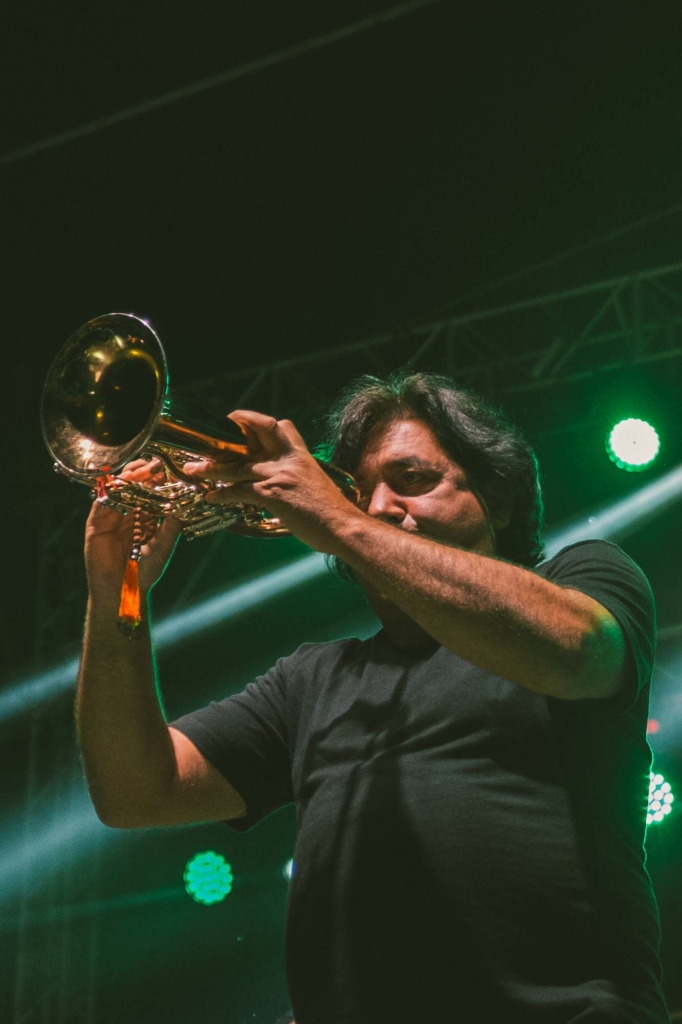
Boban Marković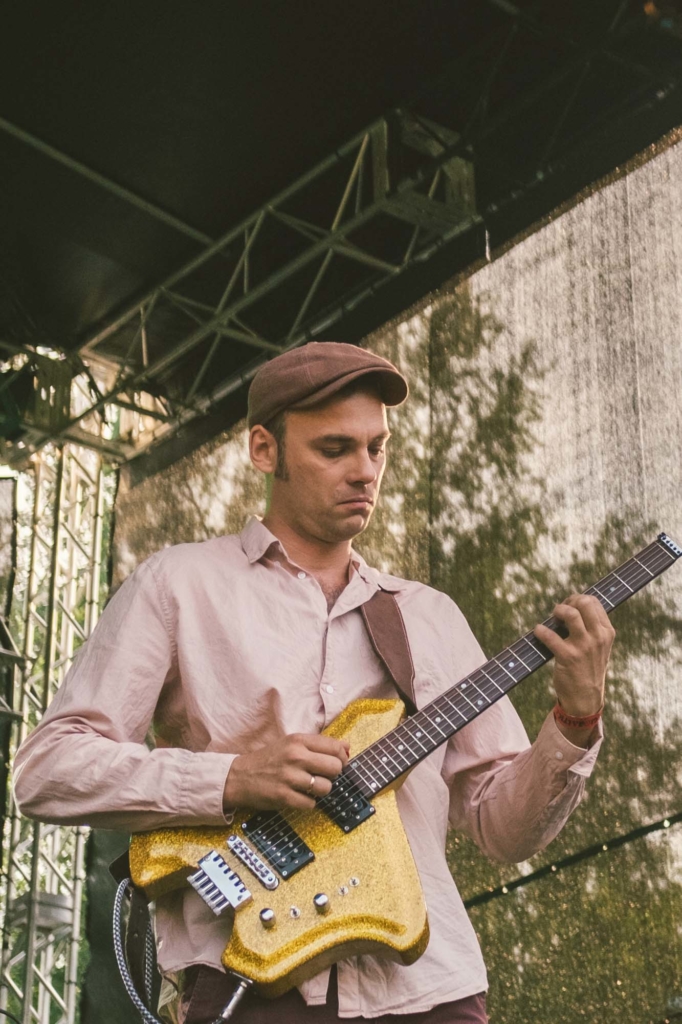
Odpoczno
Similar features were also demonstrated by France’s San Salvador and two intimate concerts for the festival’s finale. The French band’s sound was based on a polyphonic use of voices and two drums: they sang in Occitan, a language stemming from the south of France, yet very distinct from French. Their complex, vocally moving pieces were full of tension and evocative rhythms, yet became slightly tiring over time owing to the use of similar structures.
The two concerts that were in stark contrast to the main stage took place during the last day of the festival in Wozownia. Kim So Ra first played her janggu drum calmly and delicately, only to later erupt in a fiery mayhem, hitting it with a thin drumstick on both sides. The Korean was accompanied by musicians playing other traditional instruments: drum, gayageum zither and oboe-resembling piri pipe. As a result, the dry sound of the drums gained a colourful, lyrical entourage. Adama Drame, who followed suit, gave a very raw performance on djembe, an instrument Poles mostly associated with reggae. Its sound was broadened by rattling, metallic elements placed around it – this array of sounds stemming from Burkina Faso spanned loud, deep thuds, delicate scrapes and rhythms smouldering in silence.
See the full gallery on FLICKR
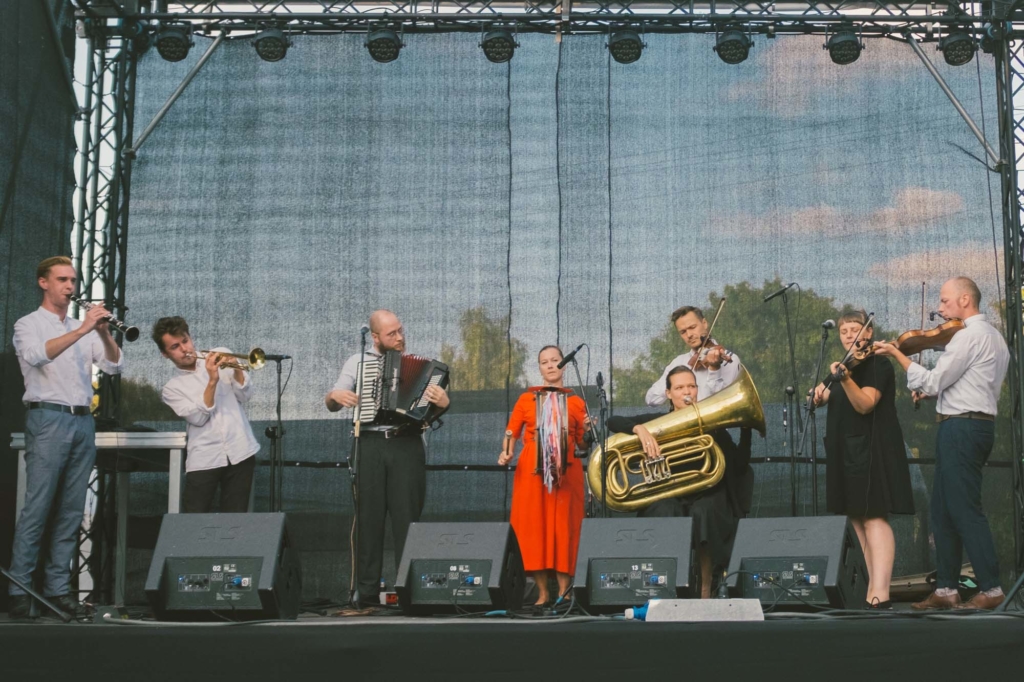
Tęgie CHłopy
Contemporary stories
The festival’s line-up also included bands for whom tradition was merely a point of departure for the resulting colourful, contemporary sound. Gaye Su Akyol was perhaps the best example here: the rock-star-like singer appeared on stage in a shiny costume, surrounded by musicians wearing Zorro-style masks, which perfectly conveyed the cosmic, surreal atmosphere from her last record. The band played exuberantly, the songs were sung in Turkish only, and strongly immersed in the Anatolian tradition. Instead of revisiting old stories, Gaye Su Akyol presented a complex sound rooted in guitars and electronics, yet with the Turkish heritage constantly present in the background. The other big moment was Ladama: a band uniting women from four different countries. The musical histories of Brazil, Columbia, Venezuela and the USA were constantly present throughout their set, but the quartet’s cocktail of instrumentals and lyrics elevated them to a colourful, universal pop dimension. ‘Although cumbia is a Colombian genre, this one is a cumbia brasileira’, is how drummer Dani Serna introduced one of the pieces. ‘It can be played everywhere though: since we’re playing it here in Poland, it can be a Polish cumbia’, she added, inviting the public to dance. This brilliantly showed the contemporary multiculturalism with all its different and common contexts – a permanent element of our globalised world. It got political too, when the band’s Venezuelan guitarist Mafer Bandola reminded the audience about the ongoing fight for human rights in her country, stating that all of the band were feminists. Yet, most importantly, Ladama played a pulsating, dynamic set, opening the concert evening on Saturday and getting everyone to dance.
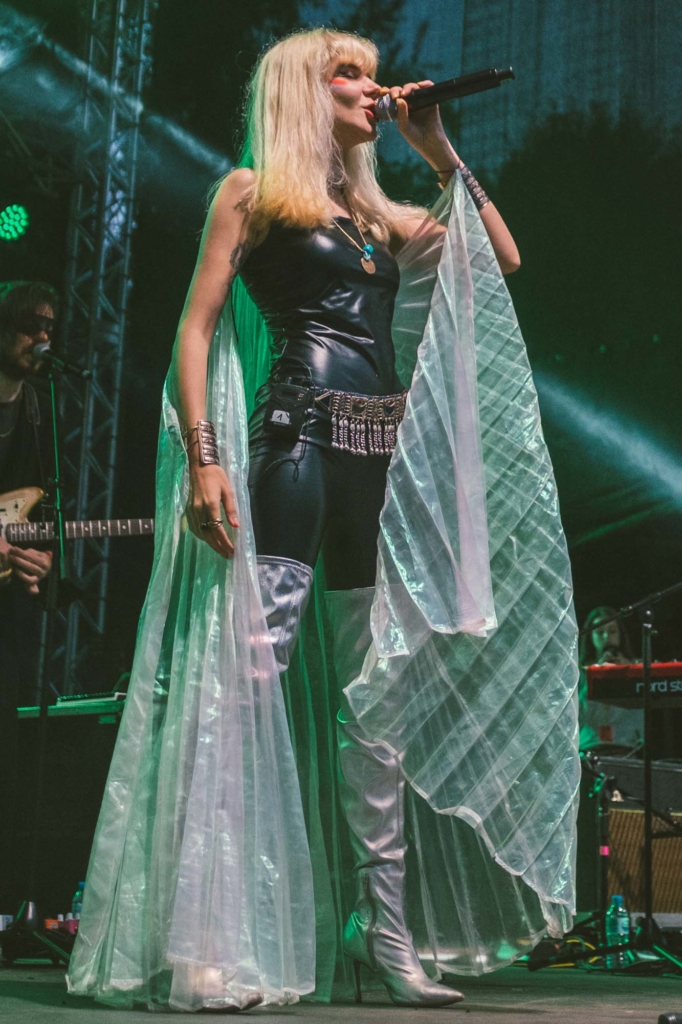
Gaye Su Akyol 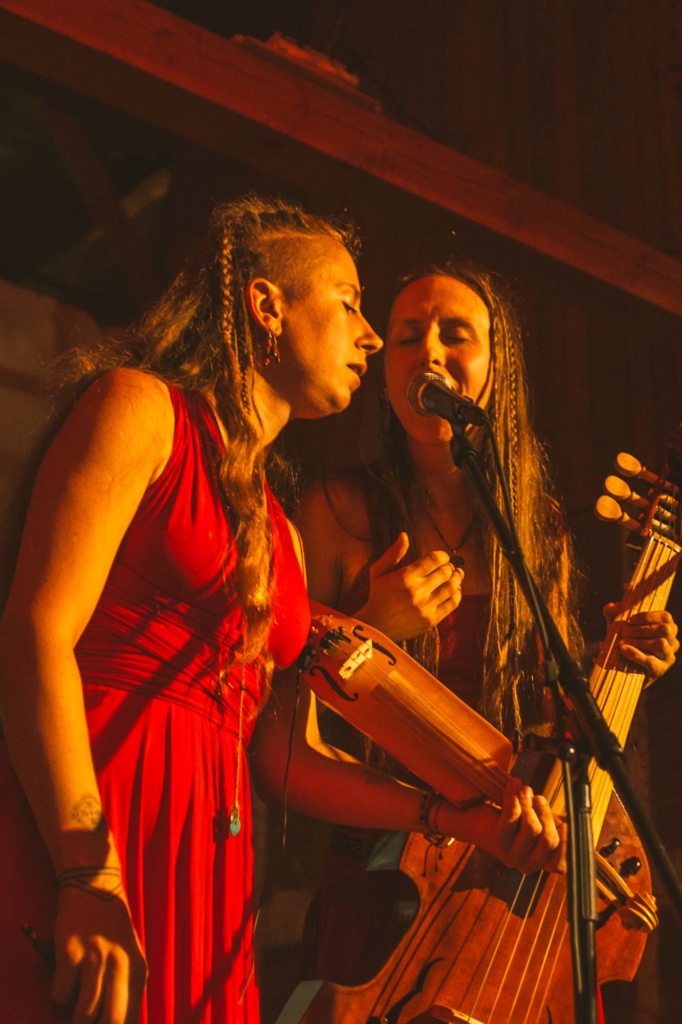
Mehehe
Bombino, whose Touareg blues was delivered in a style worthy of Jimi Hendrix, could not have been more distant from the aforementioned ‘world music’ label. His groovy, dense melodies have a fascinating rock flavour and trance potential – like Akyol, he is a born rock star, presenting an intriguing blend of Berber music and rock’n’roll.
Odpoczno presented a free jazz approach to tradition: the musicians collect traditional songs from Opoczno artists, translating them into a rock-jazz idiom by combining the violin and cello with electric guitar and free drumming. Sutari (one of the best concerts of the festival) reach for polyphonic sutarines songs, which serve as the vehicle to transmit their female perspectives on life, problems and unfulfilled loves. The band managed to create an atmosphere of mystery, mostly because of their lyrics, but also the delicate sound counterpointed by powerful polyphonic vocals. It is always interesting to see them grow and develop. A similar ambience was created by Mehehe, who – with their rich instrumentation composed of traditional instruments and a looper for vocals – made ethereal and mysterious references to the shamanic world. If Sutari are lake nymphs, Mehehe are witches from the swamps. Female bands were definitely the strongest point in this year’s line-up.
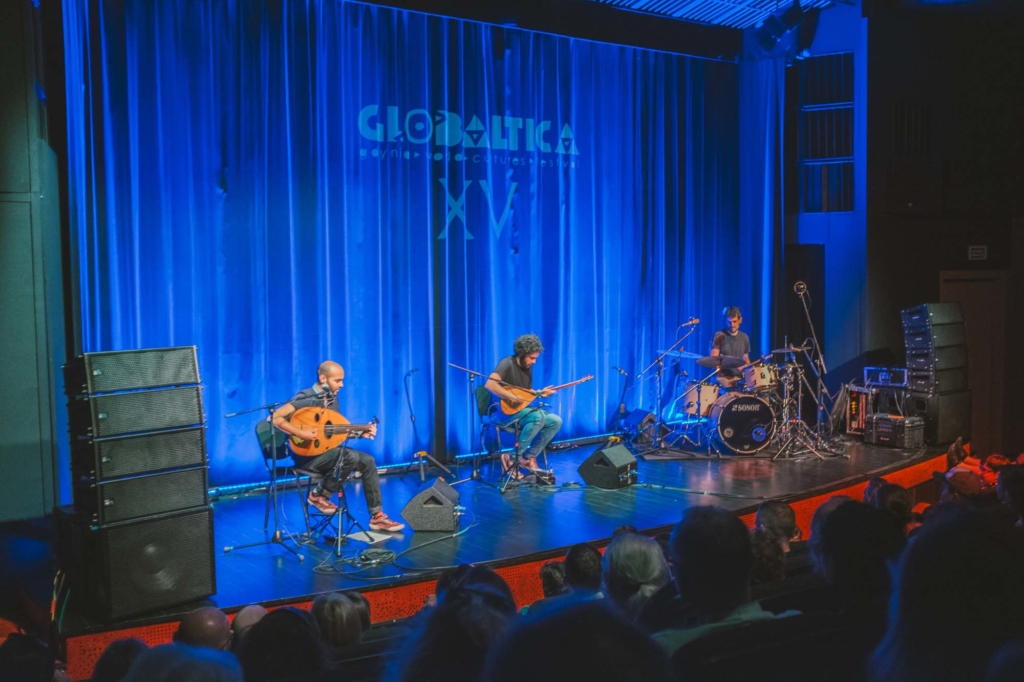
Trio Abozekrys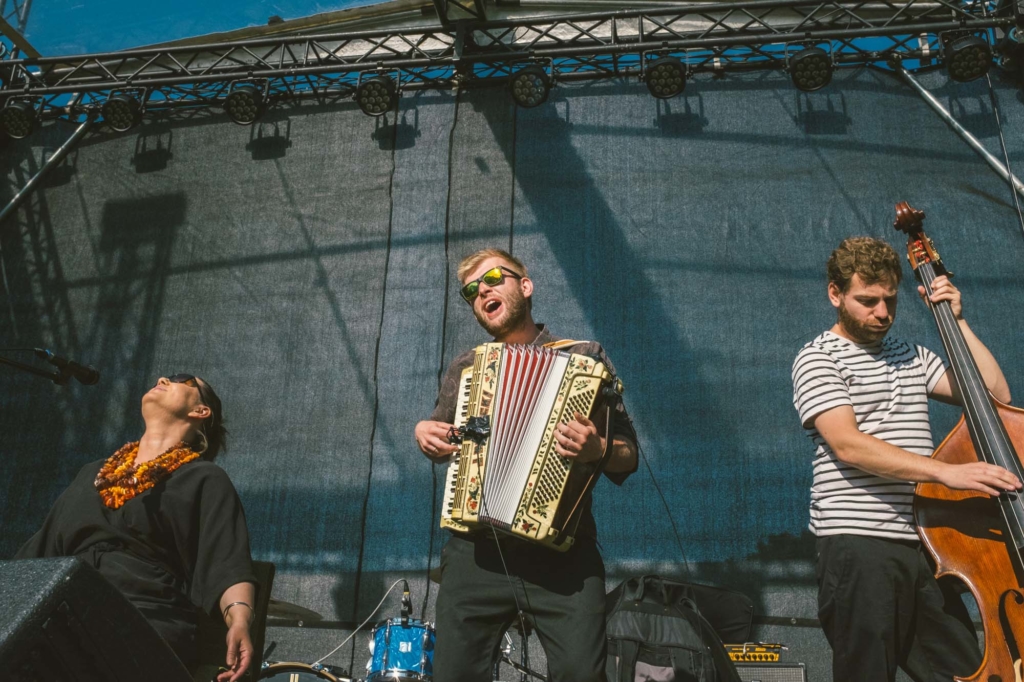
Burónka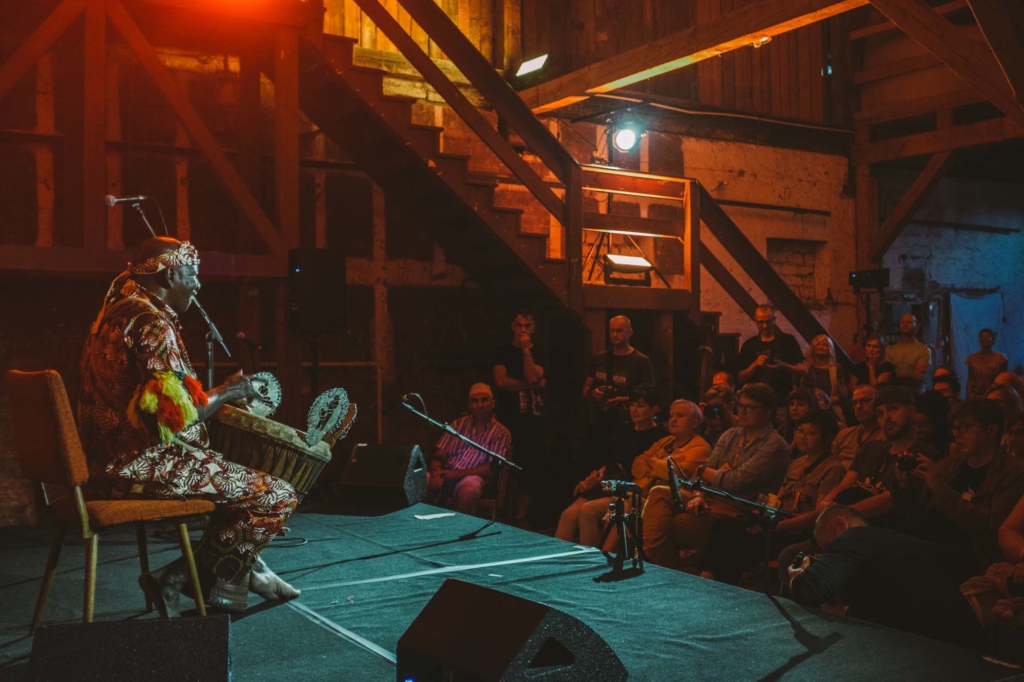
Adama Drame 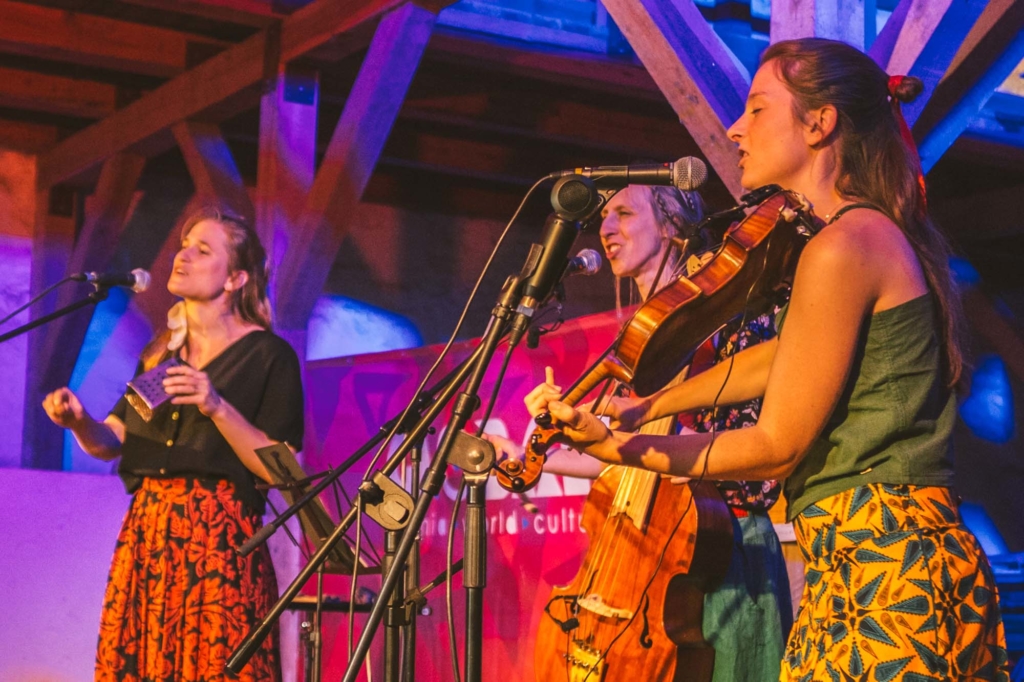
Sutari
See the full gallery on FLICKR
These last concerts were like a lens, reflecting how many topics were represented at Globaltica. How to talk about one’s culture in a contemporary manner? How many things can be derived from it? How not to succumb to pathos or archaism? Everyone responded to the above slightly differently, in their own original manner. Listening to Bombino’s Saharan blues, Sutari’s female whispers and laughs or the colourful melting pot of Ladama, one immediately saw them as indispensable elements of contemporary music that require no separate labels of their own.

